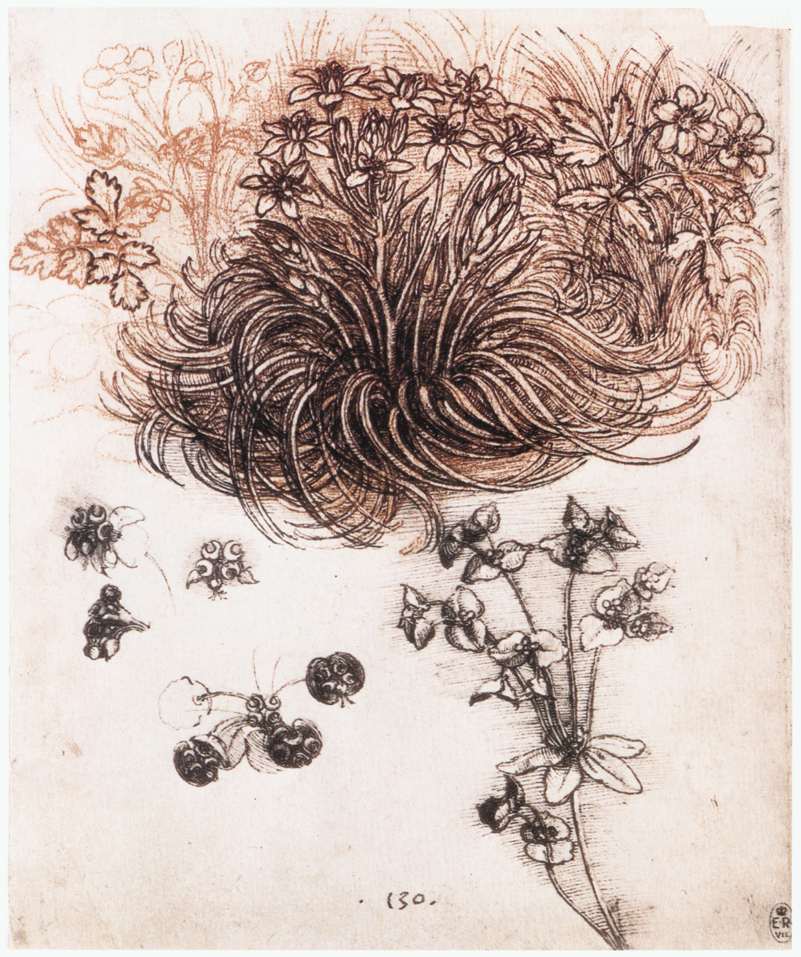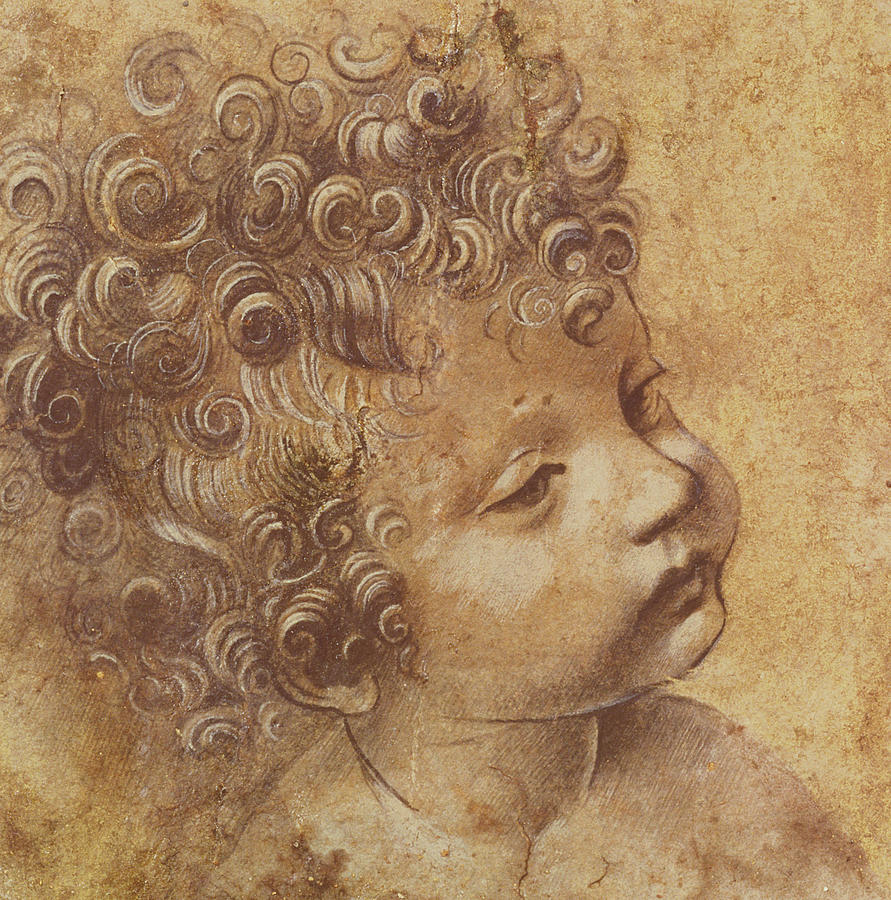Book recommendations to listen to while drawing.
As some of you know or can imagine, being a botanical artist requires a lot of time spent at the drawing board. I often listen to audio books as I work, which helps me to relax and stay focused on my drawing. My mind is free to listen as my hand patiently moves across the paper adding in shading, color, and details to form.
I like to listen to books that relate to plants, my love of nature, and food. Recently I just completed listening to the new biography about Leonardo DaVinci by Walter Isaacson.
It is singularly one of the best books I have ever listened to or read. It has had a profound effect on me and is daily helping me with my art–who could ask for more than that?!
I don’t know where to begin to describe this book. I learned so much about Leonardo the man, as well as his innovative drawing examinations into science and nature. I had no idea that Leonardo hardly ever finished a painting or what made the Mona Lisa so mysterious. I thought all the fuss was about whether or not she was smiling. But alas, there is so much more to learn about this painting and others by Da Vinci.
I have always liked DaVinci’s drawings more than his paintings, and my favorites have always been his botanical drawings. He never cared about finishing anything. For him it was always about the pursuit of knowledge and understanding. For example, he spent a huge amount of time dissecting over 200 cadavers to learn about the structure of the human body.
I encourage you to read or listen to this book for yourself. Here are some of my favorite of his quotes about art.
On Analogies in Patterns in Nature:
“The curling motion of the surface of water resembles the behavior of hair, which has two motions, one of which depends on the weight of the strands, the other on the direction of its revolving; thus water makes eddies, one part of which is due to the impetus of the principal current, and the other is due to the incidental motion and return flow.”
(Leonardo made many analogies between forms in nature. As you may know, I myself have extremely curly hair, so no surprise I love this quote.)
His drawings of water motion show pattern similarities to his drawings of human curls but also of plants. (See his drawing of a Star of Behlehem and a child with curls below.)
On Shadow:
“The line forming the boundary of a surface is of invisible thickness. Therefore, O painter, do not surround your bodies with lines.”
This was a groundbreaking idea; Leonardo was outspoken about his opinions, which were the opposite of the Florintine tradition known as Disegno lineamentum popular at the time. (The use of lines to create forms and designs).
“The first intention of the painter is to make a flat surface display a body as if modeled and separated from this plane, and he surpasses others in this skill deserve most praise. This accomplishment, with which the science of painting is crowned, arises from light and shade, or we may say chiaroscuro.”
Unlocking the secret of making forms look three-dimensional on a two-dimensional surface is one of the exciting discoveries an artist can make when trying to create realistic images. I discuss this over and over in my online course. One of the important things to remember is that light and shadow are best manipulated with a single light source.
On Perspective:
“There are three branches of perspective. The first deals with the apparent diminution of objects as they recede from the eye… The second addresses the way colors vary as they recede from the eye. The third is concerned with how the objects in a picture ought to be less detailed as they become more remote.”
Many of us are familiar with the concept of linear perspective, but it’s also powerful to understand how to manipulate color and detail to continue the illusion of receding space.
Some other quotes from this book that resonate with me:
“Painting is poetry that is seen rather than felt, and poetry is painting that is felt rather than seen.”
“The noblest pleasure is the joy of understanding.”
I hope you’ll consider giving this book a try. I’d love to hear your thoughts on it. Tell me what you think and what your favorite parts were in the comments below!


